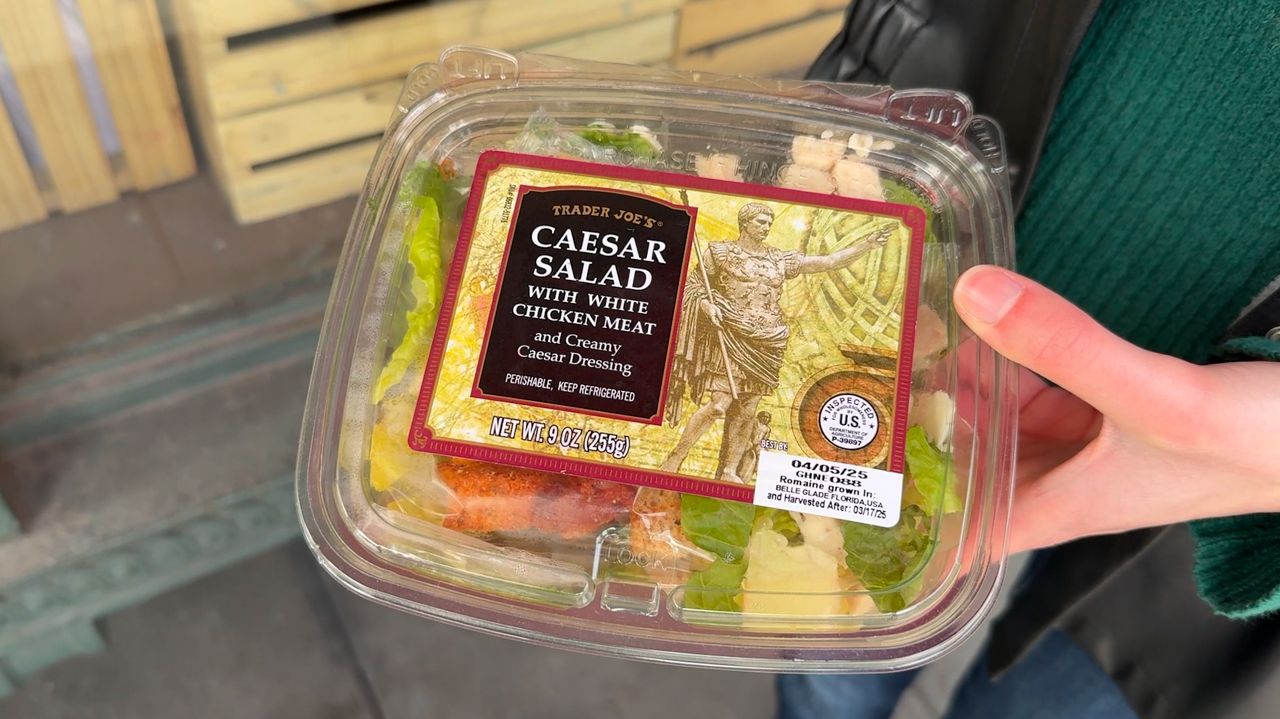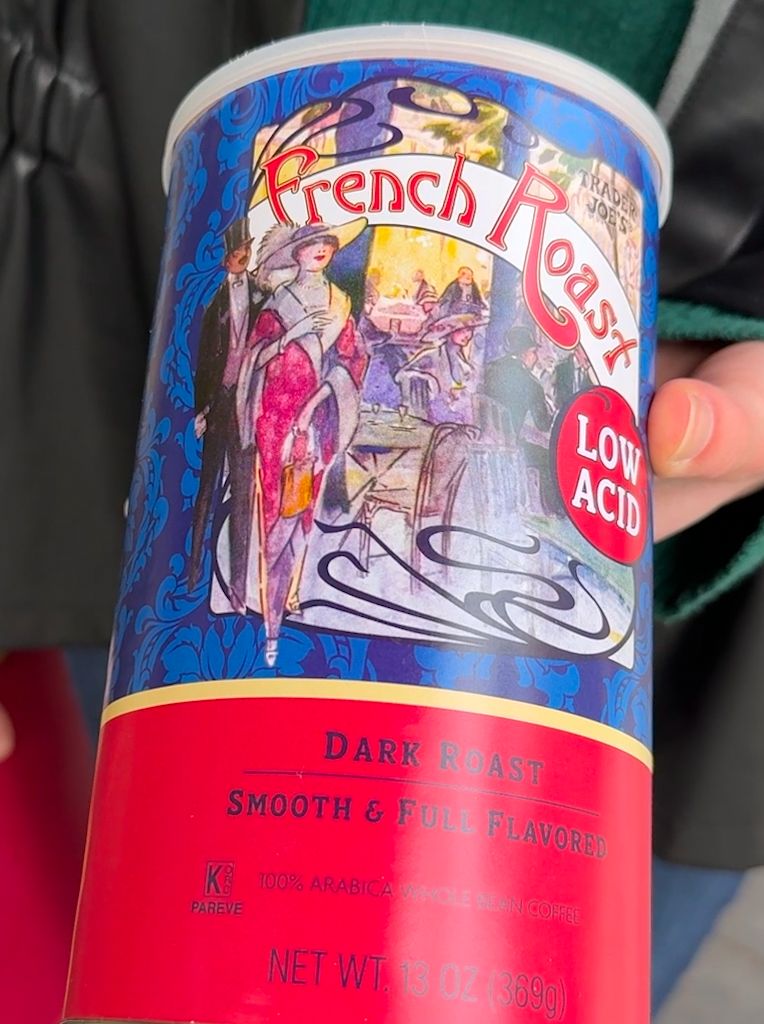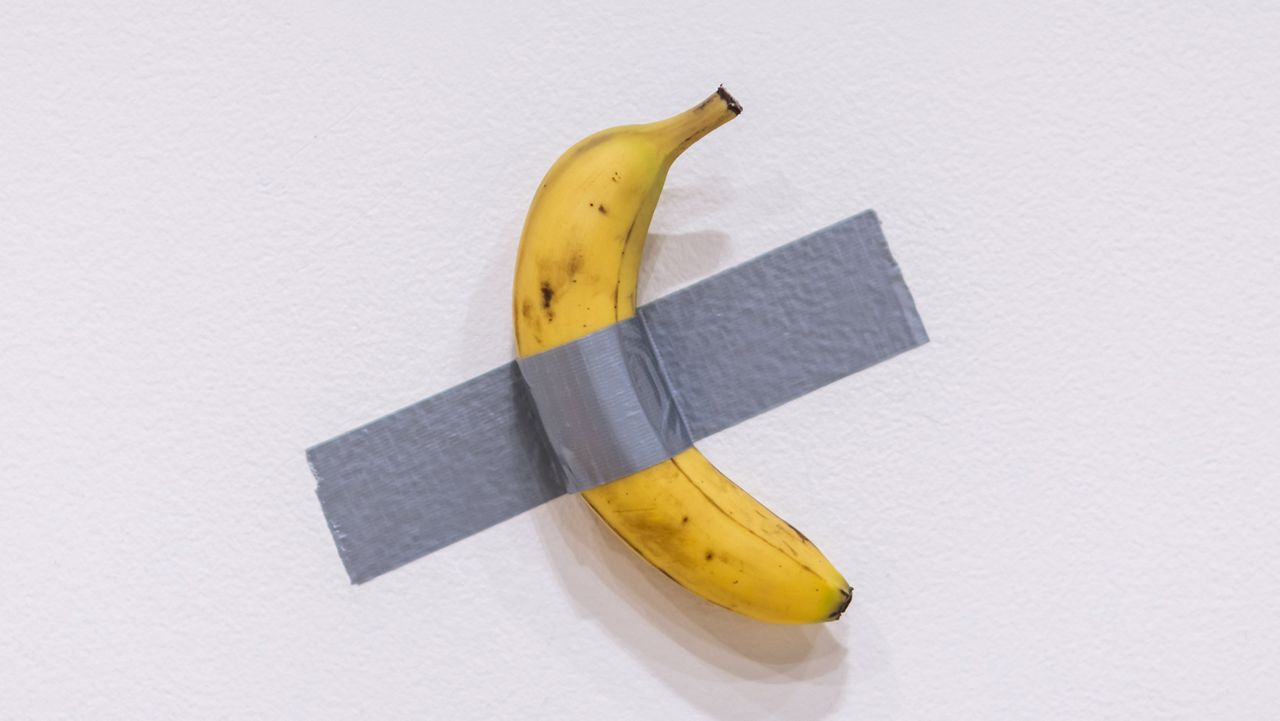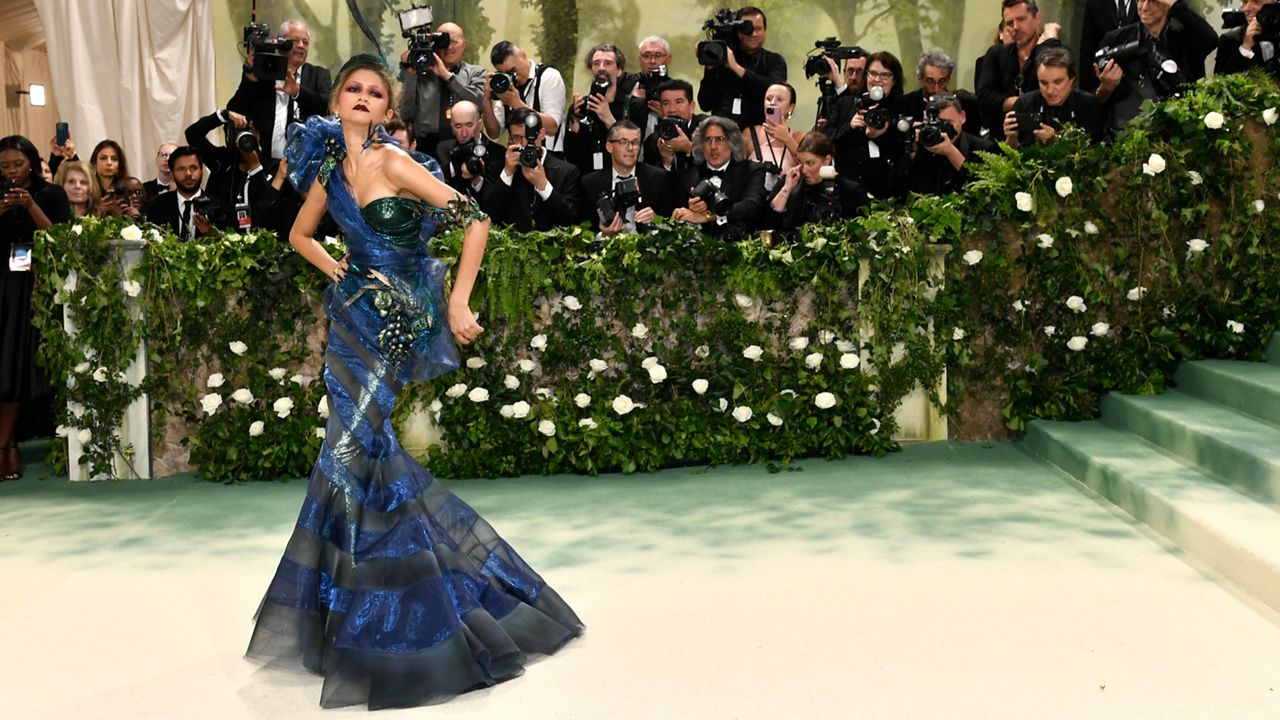Julie Averbach says she doesn’t see Trader Joe’s as a grocery store. In her mind, it’s an art gallery.
It was more than four years ago when the then-Yale art history student noticed a product at the chain that caught her eye. It was a Caesar salad package with an image of a sculpture on the label.
“It was a sculpture I had recognized from my art history studies,” Averbach said. “You might be tempted to think it's an image of Julius Caesar. It is actually a sculpture of Augustus, Rome's first emperor. It's a sculpture that lives at the Vatican Museum, made of marble and dating back to roughly the first century C.E.”
That Caesar salad became the basis of her Yale art history thesis, titled “Collecting Worlds: Trader Joe’s as a Contemporary Cabinet of Curiosities.”

“I became fascinated with this idea of uncovering the hidden origins of these artworks [at Trader Joe’s].”
She was focused in particular on the images on its products and inside the store’s “Fearless Flyer” newsletter, filled with 19th century Victorian images.
“I spent countless hours at the library flipping through thousands of pages of Victorian magazines and newspapers until I recognized the matches for those artworks,” Averbach said.
Then she cranked her research into high gear, visiting 150 Trader Joe’s stores in 20 states, working toward what is now a new book — unauthorized by the grocery chain — called “The Art of Trader Joe’s.”
“I believe that the art is an important factor in driving Trader Joe’s success,” Averbach said.
Take, for example, the store’s French roast coffee, featuring a watercolor illustration of a Paris cafe. She traced it back to a book titled “France,” written by Gordon Home, published in 1918.
“It depicts the Café Arménonville on the Bois de Boulogne,” she said.

Outside a Trader Joe’s location in Manhattan’s Chelsea neighborhood, fans couldn’t help but stop and admire Averbach’s work and say “thank you” at the same time.
“I’ve always been curious,” said one man who said he is quite familiar with the products on Trader Joe’s’ shelves. “Every time they have something — especially in the flyers — I look at it and I go, ‘Where did they get this? Where did they get the idea?’ And now I know.”
For another example, look no further than Trader Joe’s’ Simply Nutty granola bars.
“The box features this image of a man in profile wearing a quirky umbrella hat,” Averbach said.
That quirky umbrella hat invention never took off. And the same illustration featured on the product’s box is the illustration posted in an ad placed by the inventor in 1890 as he was trying to sell the patent for his umbrella hat.
“So it's a simply nutty invention, perfect for a Simply Nutty granola bar,” Averbach said.
But it’s not just the store’s product designs, it’s also the hand-painted produce signs and murals that catch Averbach’s eye.
“I don't know of any other grocery store that has an art studio located inside of it,” she said.
As for what she she hopes readers will take away from the book, Averbach says, “I hope that this book inspires people to look closer at ordinary things and find joy and art in the places that they least expect it.”











